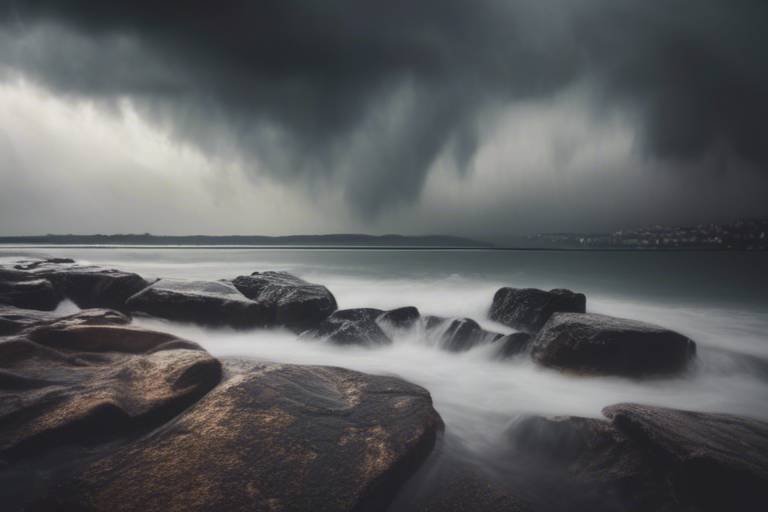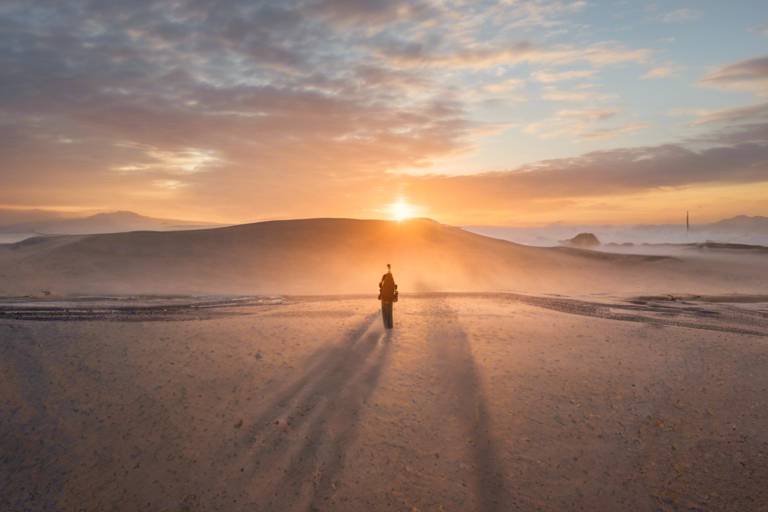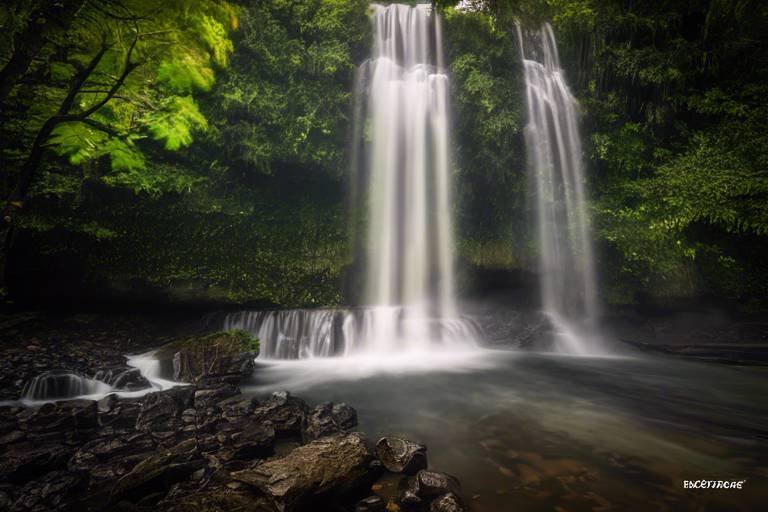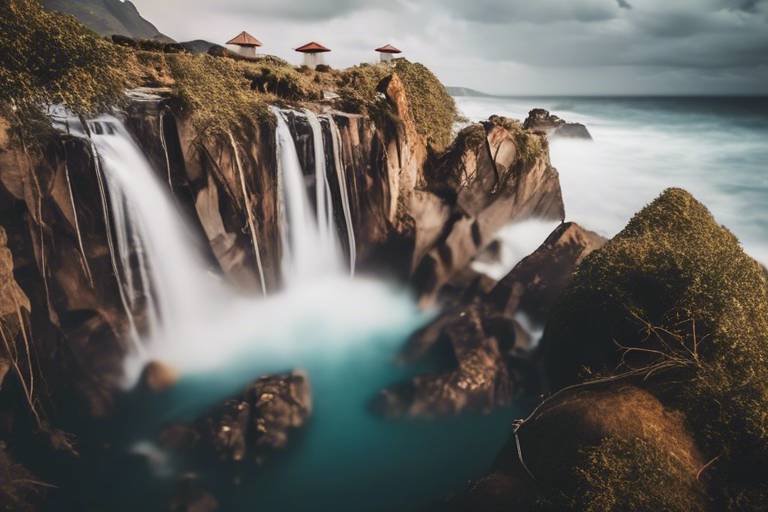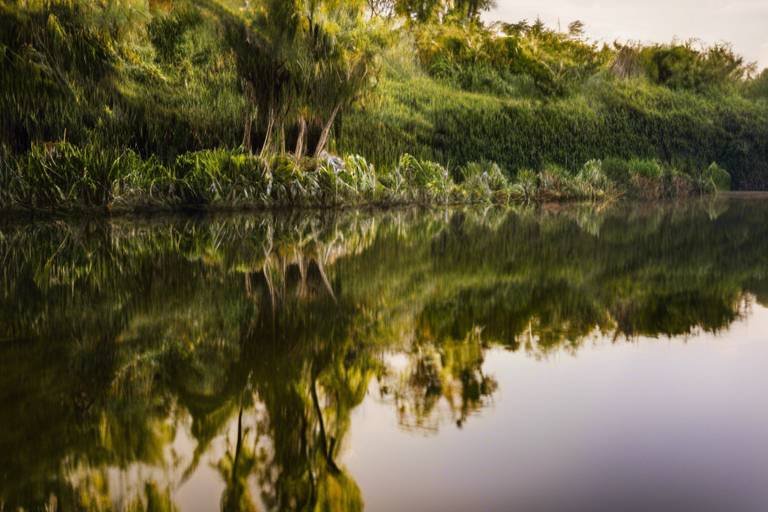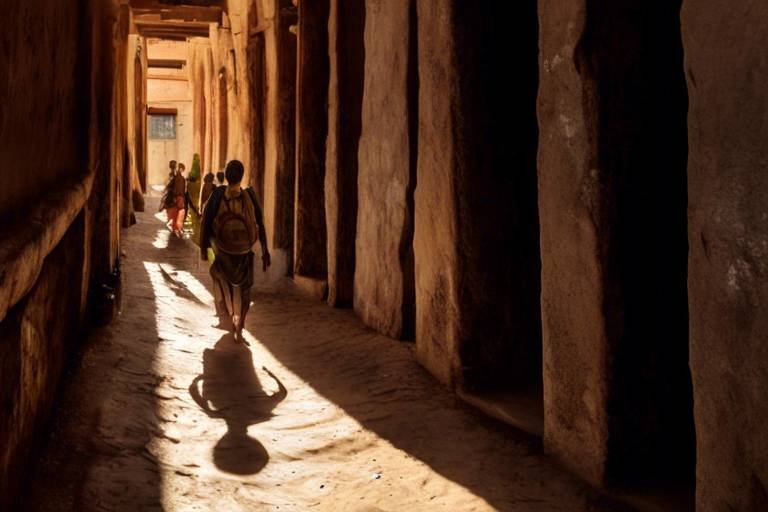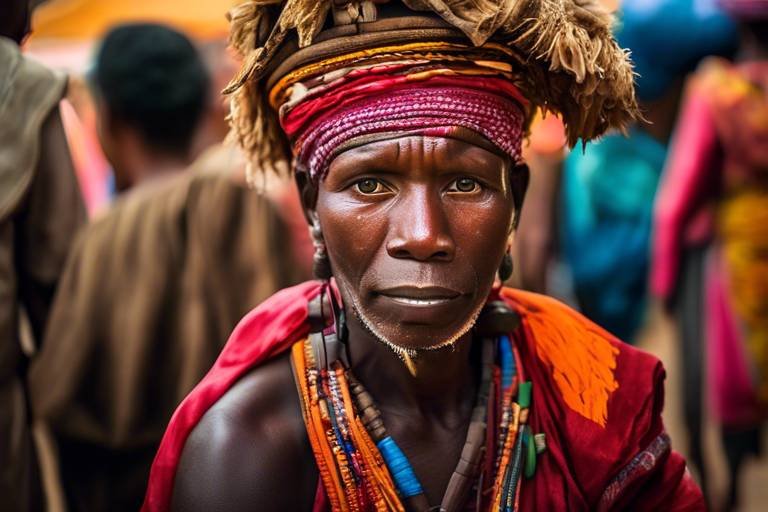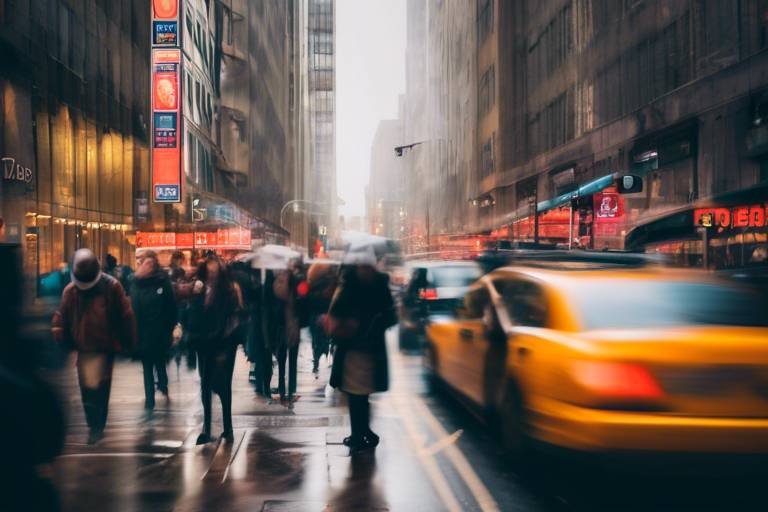How to Capture the Energy and Vibe of Urban Landscapes
Urban landscapes are vibrant tapestries of energy and life, each corner pulsating with a unique vibe waiting to be captured through the lens of a camera. The challenge for photographers lies in not just documenting these scenes but in translating the essence of bustling cityscapes into compelling visual stories. To truly encapsulate the dynamic energy and vibe of urban landscapes, one must delve into a world where every frame tells a tale of modernity, diversity, and movement.
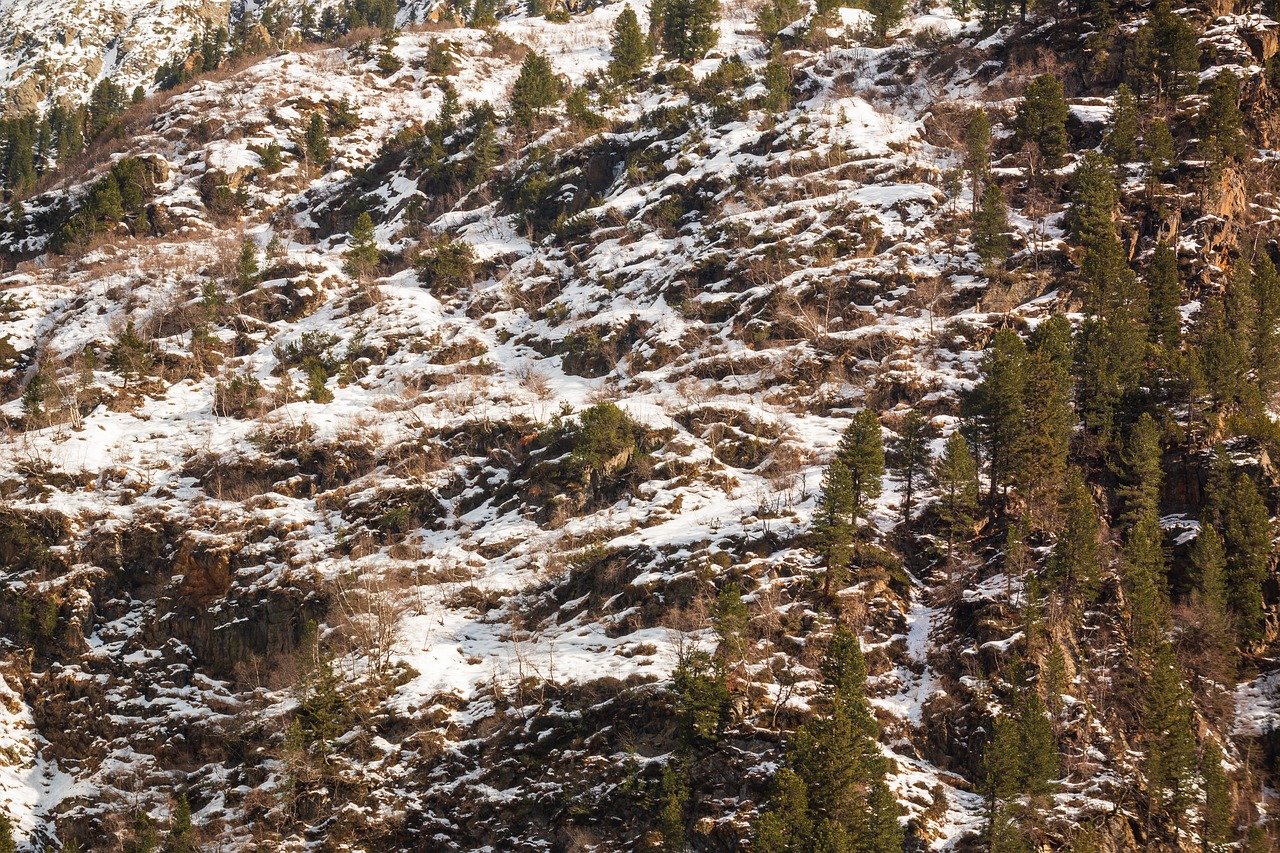
Understanding Urban Landscapes
Urban landscapes are like living, breathing entities that pulsate with energy and character. These environments are a melting pot of architectural marvels, bustling street scenes, and a diverse tapestry of cultures that come together to create a vibrant tapestry. To truly capture the essence of urban landscapes through photography, one must first understand the intricate elements that define these dynamic settings.
Architecture plays a pivotal role in shaping urban landscapes, with skyscrapers, historic buildings, and modern structures coexisting in a harmonious (or sometimes chaotic) blend. The streets teem with life, from the hustle and bustle of daily activities to the quiet moments of contemplation. Cultural diversity adds another layer of richness, with different traditions, languages, and lifestyles converging in a symphony of urban life.
When venturing into urban photography, it's essential to immerse oneself in the unique vibe of each location. By observing the interactions between people and their surroundings, one can uncover the hidden stories that unfold in the streets and alleyways of a city. Every corner holds a potential for discovery, every building a tale to tell.

Choosing the Right Equipment
When it comes to capturing the energy and vibe of urban landscapes through photography, selecting the right equipment is crucial. The choice of camera gear, lenses, and accessories can significantly impact the quality and style of your urban landscape images.
First and foremost, consider the type of camera that best suits your needs. While a DSLR camera offers versatility and high image quality, a mirrorless camera may provide a more compact and lightweight option for shooting in urban environments where mobility is key.
Furthermore, the selection of lenses plays a vital role in capturing the essence of urban landscapes. Wide-angle lenses are ideal for encompassing the expansive cityscapes and intricate architecture, while prime lenses can offer exceptional sharpness and low-light performance for capturing details in urban scenes.
Accessories such as tripods and filters can also enhance your urban photography experience. A sturdy tripod is essential for achieving stable long exposures, especially in low-light conditions or when capturing night scenes in the city. Additionally, filters like polarizers can help reduce glare and enhance the colors of urban landscapes, adding depth and vibrancy to your photos.
Consider your shooting style and preferences when choosing the right equipment for urban photography. Experiment with different gear combinations to discover what works best for capturing the dynamic energy and unique vibe of urban landscapes in your own distinctive way.
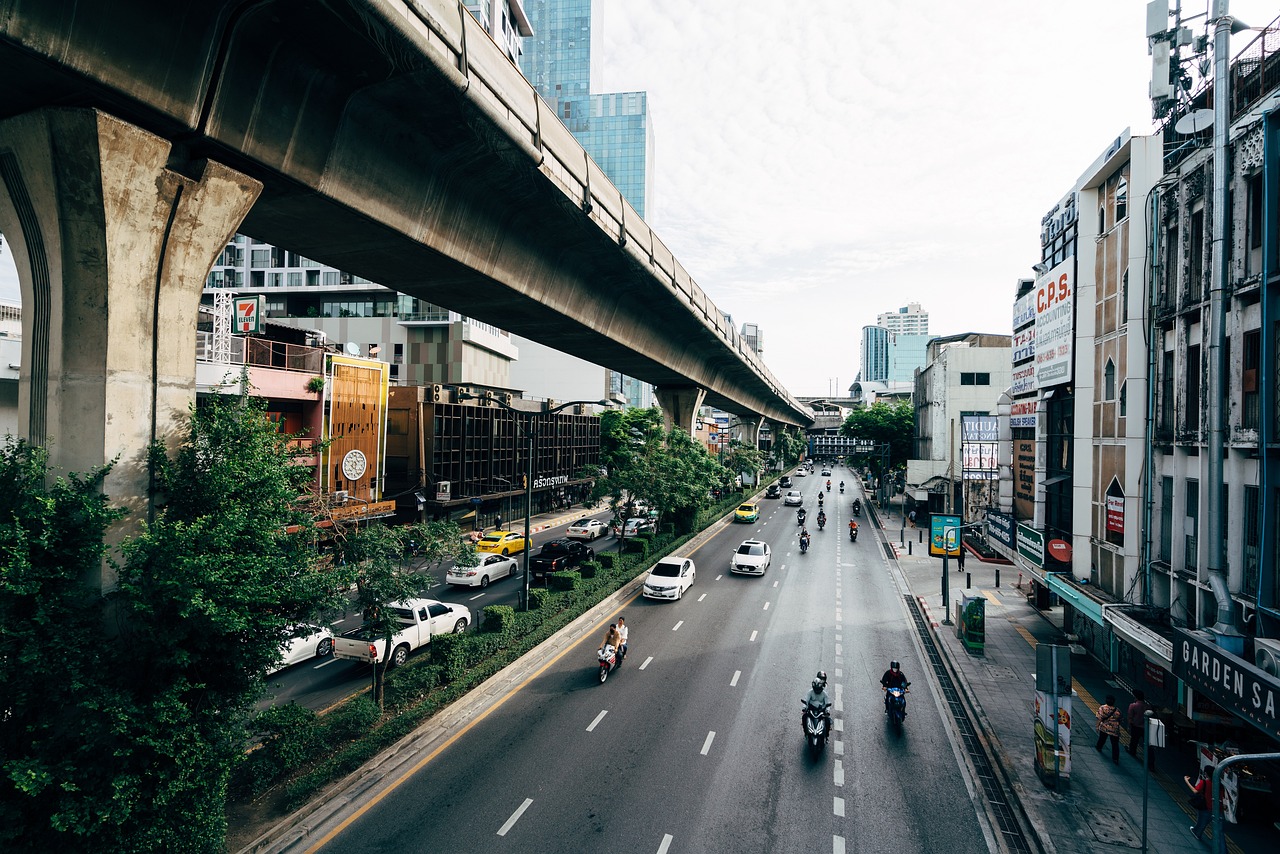
Camera Settings for Urban Photography
When it comes to capturing the vibrant energy and unique essence of urban landscapes through photography, getting your camera settings just right is crucial. The right combination of aperture, shutter speed, and ISO can make all the difference in achieving the desired mood and atmosphere in your urban landscape photos.
One key aspect to consider is aperture, which controls the amount of light entering the camera. In urban photography, where there can be a mix of bright lights and shadows, adjusting the aperture can help you achieve the perfect balance. A wider aperture (lower f-stop) can create a shallow depth of field, ideal for isolating subjects in a busy cityscape, while a smaller aperture (higher f-stop) can ensure sharpness throughout the image.
Shutter speed is another crucial setting to pay attention to. In urban environments, where movement is constant, adjusting the shutter speed can help you capture motion blur or freeze fast-paced action. Experimenting with different shutter speeds can add a dynamic element to your urban landscape shots, whether you want to convey the hustle and bustle of a busy street or the stillness of a city at night.
ISO sensitivity is also important when shooting in urban settings, especially in low light conditions. Increasing the ISO can help you capture bright and clear images in dimly lit areas, but be cautious of introducing noise or graininess to your photos. Finding the right balance between ISO and other settings is key to producing high-quality urban landscape images.
Ultimately, mastering your camera settings for urban photography requires practice and experimentation. By understanding how aperture, shutter speed, and ISO work together to influence the look and feel of your photos, you can effectively capture the energy and vibe of urban landscapes in your images.
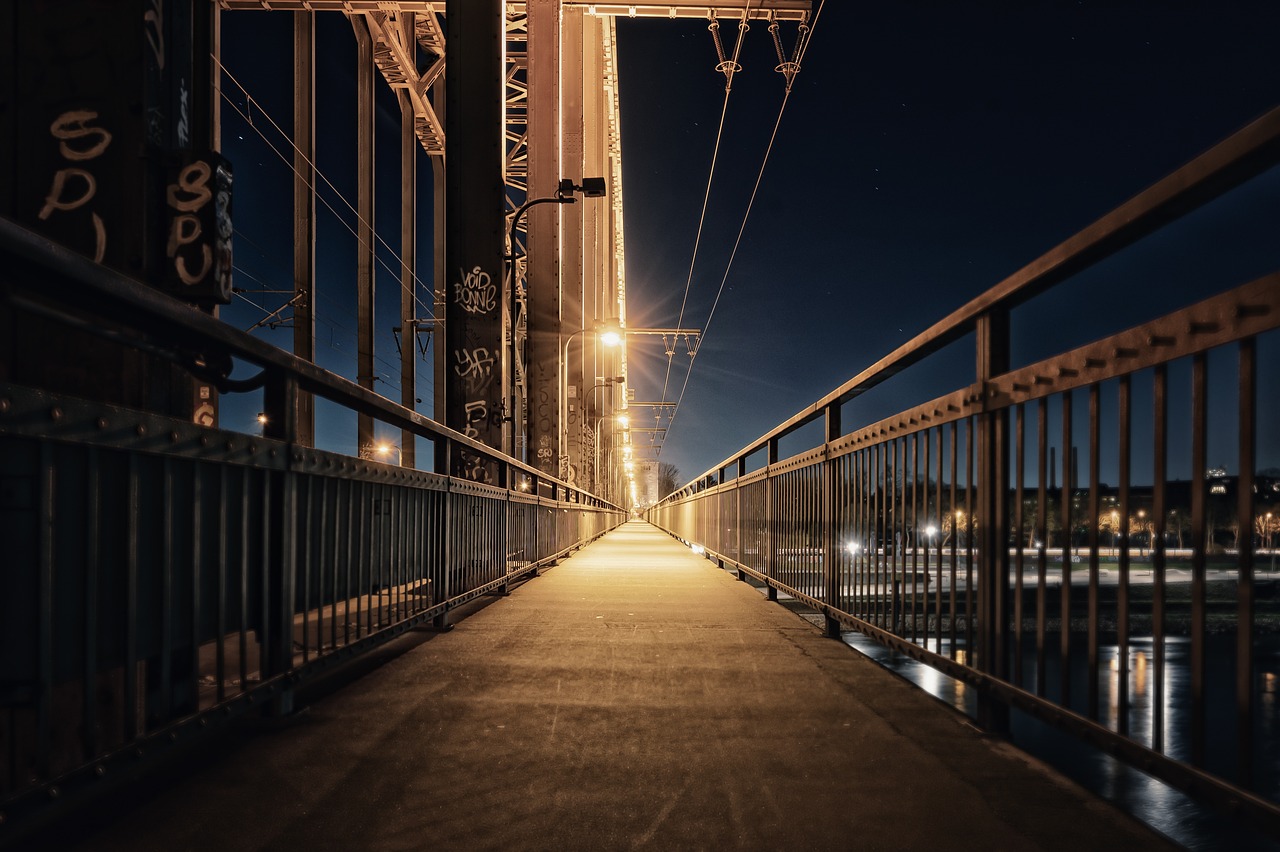
Composition Techniques for Urban Scenes
When it comes to capturing the essence of urban scenes through photography, mastering composition techniques is essential. The dynamic nature of city environments requires a thoughtful approach to framing and visual storytelling. One effective technique is utilizing leading lines to draw the viewer's eye into the image, creating a sense of depth and movement. By incorporating elements such as roads, buildings, or even shadows, photographers can guide the viewer's gaze through the scene, enhancing the overall impact of the photograph.
Another crucial aspect of composition in urban photography is the use of framing to create a sense of context and perspective. Framing allows photographers to highlight specific elements within the urban landscape, adding layers of interest and complexity to the image. Whether framing a subject within a doorway, window, or architectural structure, this technique can help establish a visual narrative and convey a sense of place.
Additionally, considering perspective is key to capturing unique and engaging urban scenes. Experimenting with different angles and viewpoints can transform ordinary cityscapes into compelling works of art. By exploring high vantage points, low angles, or unconventional positions, photographers can discover fresh perspectives that offer a new interpretation of familiar urban environments.
Moreover, paying attention to symmetry and balance in composition can enhance the visual impact of urban photographs. Seeking out patterns, reflections, and geometric shapes can add a sense of harmony and order to chaotic city settings. By carefully composing elements within the frame, photographers can create visually striking images that resonate with viewers on an emotional level.
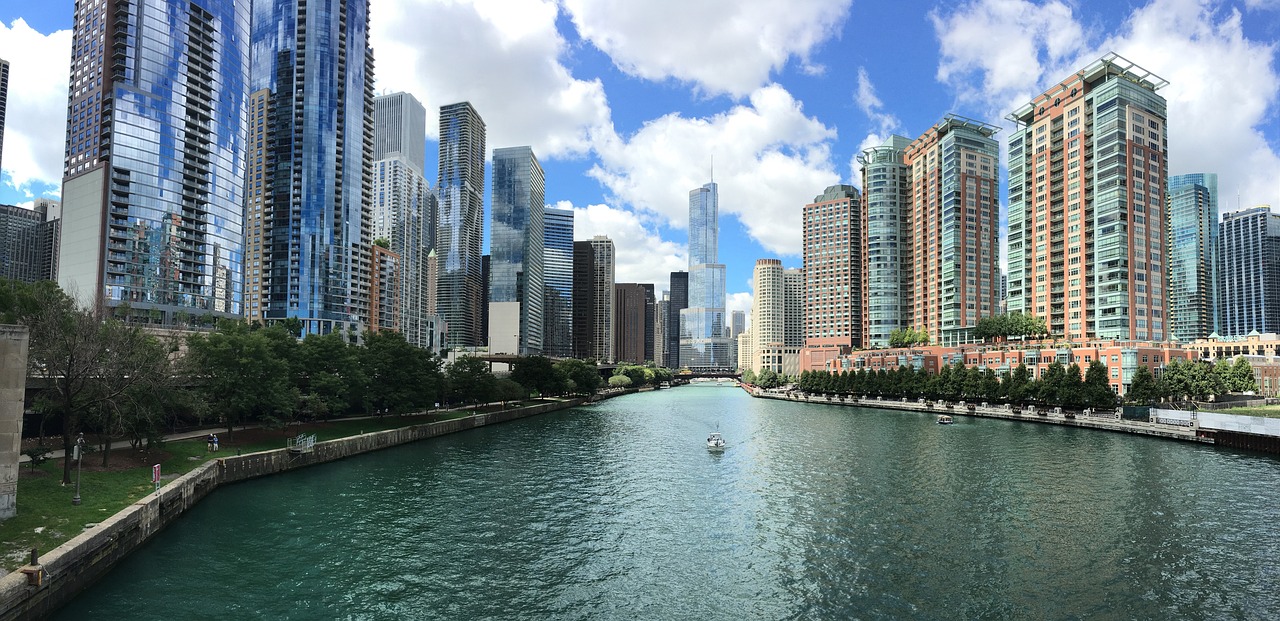
Lighting Considerations in Urban Photography
When it comes to urban photography, lighting plays a crucial role in setting the mood and tone of your images. Urban environments are filled with a mix of natural and artificial light sources that can create unique and dynamic lighting scenarios. Understanding how to work with different lighting conditions can help you capture the essence of urban landscapes in a captivating way.
During the day, natural light can vary depending on the weather, time of day, and the surrounding architecture. Pay attention to how light interacts with the buildings, streets, and people in the urban environment. Shadows and highlights can add depth and dimension to your photos, creating a sense of drama and contrast.
When shooting in urban settings, consider the direction of light and how it shapes the scene. Backlighting can silhouette subjects against the sky, while side lighting can create interesting textures and patterns on building facades. Experiment with different angles and perspectives to make the most of the available light.
Artificial light sources, such as street lamps, neon signs, and car headlights, can also contribute to the atmosphere of urban photography. These lights can add pops of color, create reflections, and illuminate dark corners, adding a sense of vibrancy and energy to your images.
For night photography in urban environments, embrace the contrast between light and darkness. Long exposures can capture the movement of traffic and people, creating light trails and streaks that convey the bustling nature of city life. Experimenting with different shutter speeds and apertures can help you achieve creative effects with light in your urban night shots.
Post-processing tools can further enhance the lighting in your urban landscape photos. Adjusting the brightness, contrast, and saturation can bring out the details in both the shadows and highlights, ensuring a well-balanced and visually appealing final image.
Remember that lighting considerations are not just technical aspects of photography but also creative opportunities to convey the mood and atmosphere of urban landscapes. By mastering the interplay of light and shadow in urban photography, you can elevate your images and truly capture the energy and vibe of bustling city scenes.
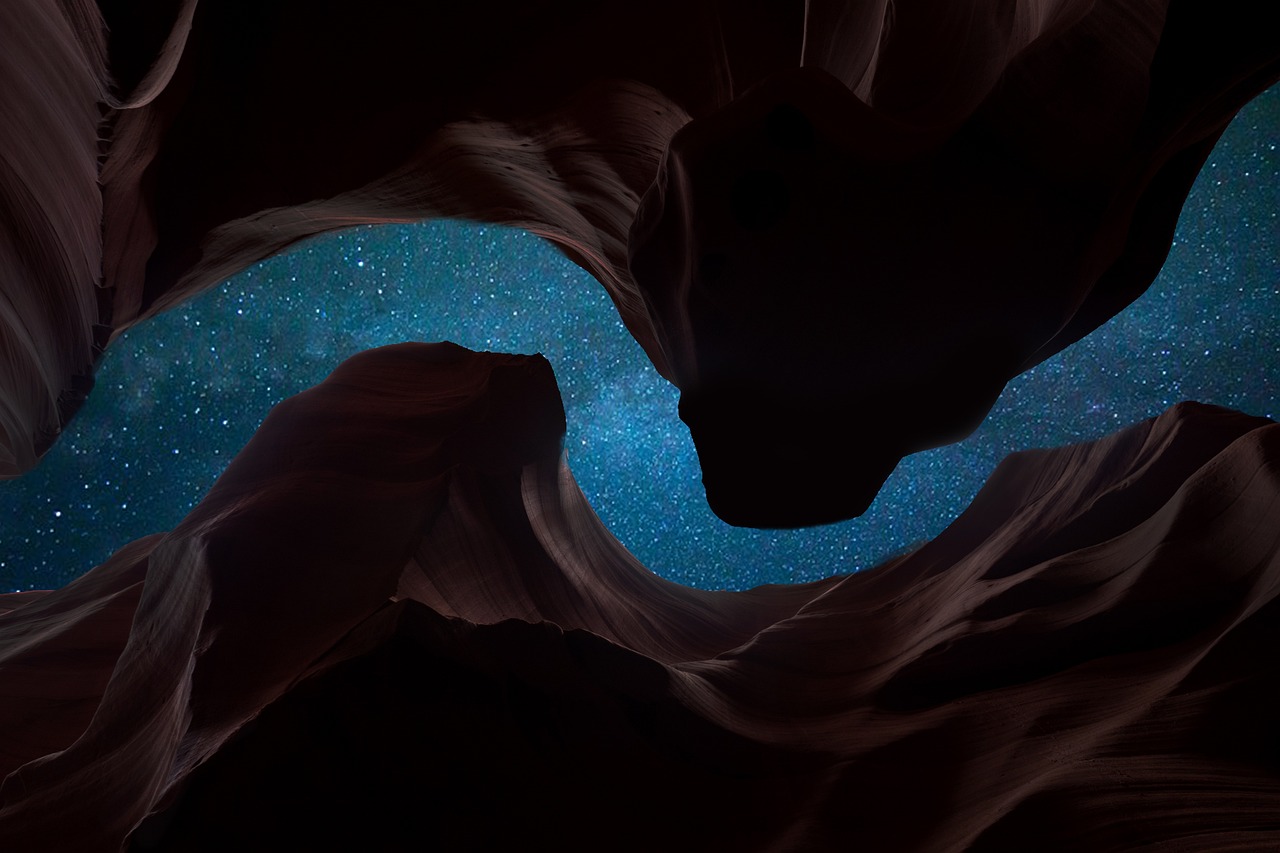
Night Photography in Urban Environments
When it comes to capturing the essence of urban environments at night, photographers have the opportunity to showcase the vibrant energy and unique atmosphere that cities exude under the cloak of darkness. Night photography in urban settings presents a myriad of creative possibilities, from capturing the dazzling lights of skyscrapers to the bustling activity of nightlife.
One of the key techniques in night photography is using long exposures to create stunning light trails that convey movement and dynamism in the scene. By keeping the shutter open for an extended period, photographers can capture the trails of car lights, the glow of street lamps, and the hustle and bustle of urban life in a single frame.
Additionally, adjusting the white balance settings on the camera can help enhance the colors and tones of the night scene, bringing out the richness of the urban landscape under artificial lighting. Experimenting with different white balance presets or manually adjusting the settings can result in striking and atmospheric night shots.
When shooting in urban environments at night, it's crucial to pay attention to the available light sources and how they interact with the surroundings. From the warm glow of neon signs to the harsh beams of headlights, each light source contributes to the overall mood and ambiance of the scene. By strategically positioning oneself to capture these light sources in composition, photographers can create visually compelling and evocative images.
Moreover, incorporating elements of urban life into night photography, such as silhouettes of people against illuminated storefronts or the reflections of city lights on wet pavements, can add depth and narrative to the images. These elements not only anchor the photos in their urban context but also provide a human touch to the nocturnal scenes, making them relatable and engaging to viewers.
Overall, night photography in urban environments offers a thrilling and captivating opportunity for photographers to explore the interplay of light, color, and movement in the dynamic setting of cities after dark. By mastering the techniques and nuances of capturing urban landscapes at night, photographers can create images that not only showcase the beauty of the city lights but also evoke the energy and vibrancy of urban life under the night sky.

Editing Urban Landscape Photos
When it comes to editing urban landscape photos, the post-processing stage plays a crucial role in enhancing the visual impact of your images. Utilizing editing techniques effectively can help bring out the vibrant colors, contrast, and overall mood of urban scenes captured through your lens.
One key aspect to consider when editing urban landscape photos is color correction. Urban environments are often filled with a variety of colors, from the bright lights of city streets to the subtle hues of building facades. Adjusting the color balance and saturation can help create a more cohesive and visually appealing image.
Furthermore, paying attention to contrast levels can make a significant difference in the final result. Enhancing contrast can add depth and dimension to your urban landscape photos, making them more dynamic and engaging for viewers.
Another important editing technique to master is sharpening. Urban landscapes are full of intricate details, from architectural elements to street textures. Applying selective sharpening can help bring out these details and make your photos appear crisp and clear.
Additionally, experimenting with different editing tools such as filters and presets can offer creative possibilities for transforming your urban landscape images. These tools can help you achieve a unique look and style that sets your photos apart from the rest.
Remember, editing is not about drastically altering the reality of the scene but rather enhancing its inherent beauty and character. By mastering the art of editing urban landscape photos, you can elevate your images to new heights and truly capture the essence of urban life.
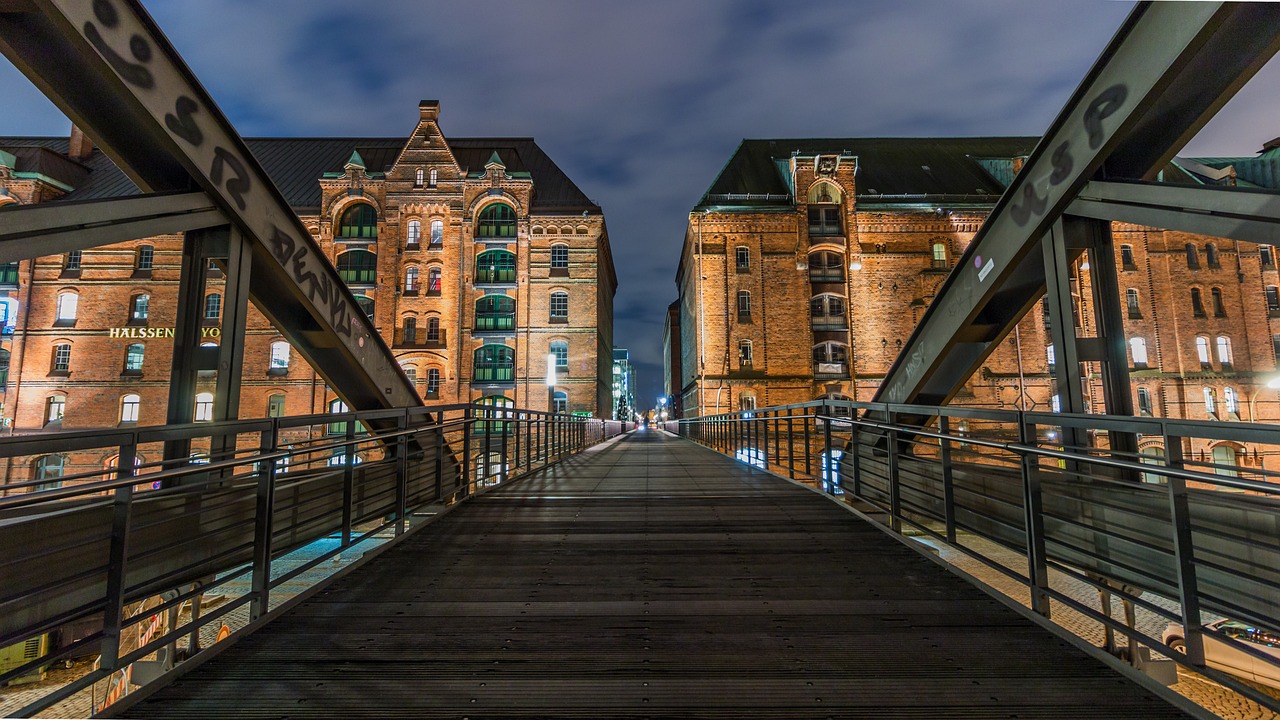
Sharing and Showcasing Urban Landscape Images
When it comes to sharing and showcasing urban landscape images, it's essential to leverage various platforms and strategies to reach a wider audience and showcase your work effectively. Social media platforms such as Instagram, Facebook, and Twitter provide excellent opportunities to share your urban photography with a global audience. By utilizing relevant hashtags and engaging with other users, you can increase visibility and attract followers who appreciate your unique perspective on urban landscapes.
Additionally, online photography platforms like Flickr, 500px, and Behance offer dedicated spaces for photographers to display their work and connect with a community of like-minded individuals. These platforms allow you to create portfolios, participate in contests, and receive feedback from other photographers, helping you improve your skills and gain recognition for your urban landscape photography.
Furthermore, consider participating in photography exhibitions and art fairs to showcase your urban landscape images in a physical setting. These events provide an opportunity to network with art enthusiasts, collectors, and potential clients, allowing you to establish your presence in the art world and potentially sell your work to interested parties.
Collaborating with local businesses, galleries, or publications can also help you reach a broader audience and gain exposure for your urban landscape photography. By partnering with relevant entities, you can have your work featured in exhibitions, publications, or promotional materials, increasing visibility and credibility within the photography community.
Remember, the key to sharing and showcasing urban landscape images effectively is to be proactive, creative, and persistent in promoting your work across various channels. By utilizing a combination of online platforms, offline events, and collaborations, you can expand your reach, build your reputation, and establish yourself as a talented urban landscape photographer in the competitive world of photography.
Frequently Asked Questions
- Q: What is urban landscape photography?
A: Urban landscape photography focuses on capturing the essence and energy of city environments, including architecture, street scenes, and cultural diversity.
- Q: What equipment is essential for urban landscape photography?
A: Essential equipment for urban landscape photography includes a camera with manual settings, wide-angle lenses for capturing expansive cityscapes, and a sturdy tripod for stability.
- Q: How can I effectively use lighting in urban photography?
A: To use lighting effectively in urban photography, consider the direction and quality of light, experiment with different times of day for varied effects, and use artificial light sources creatively.
- Q: What are some post-processing techniques for urban landscape photos?
A: Post-processing techniques for urban landscape photos include adjusting contrast and saturation, correcting perspective distortion, enhancing details, and fine-tuning colors to bring out the vibrancy of city scenes.
- Q: How can I share my urban landscape photography with a wider audience?
A: To share your urban landscape photography with a wider audience, consider using social media platforms, creating an online portfolio or blog, participating in photography exhibitions, and networking with other photographers.


